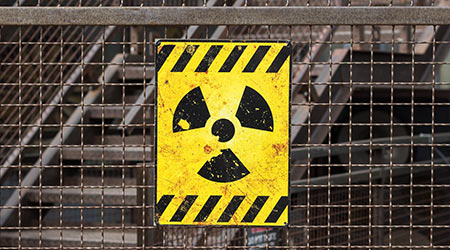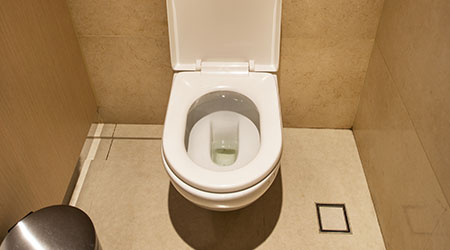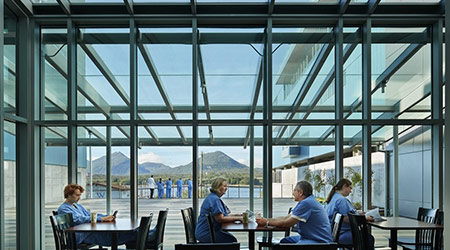
Maintenance Woes Plague Nuke Infrastructure
May 8, 2018
Deferred maintenance problems in a K-12 school district might mean building occupants have to function in uncomfortable classrooms, which can be challenging. Maintenance issues in a hospital or other health care facility might temporarily compromise the health of patients, which even more challenging and problematic.
While both of these scenarios are undesirable and potentially problematic for facility managers, they are dwarfed in comparison to possible fallout — pun intended — from infrastructure maintenance problems in facilities related to nuclear materials. Yet this is the challenge the U.S. Department of Energy (DOE) is facing.
Read: The real cost of deferred maintenance
A recent DOE report points out issues with the stockpile stewardship infrastructure, the primary mission of the Los Alamos National Laboratory. The report highlighted problems with the infrastructure, including facilities maintenance, according to The Los Alamos Monitor.
“The nuclear weapons stockpile is aging and contains many obsolete technologies that must be replaced as the service lives of the weapons are extended,” according to a statement in the report. “Further, (the National Nuclear Security Administration Administration’s) mission depends on the facilities, infrastructure, and equipment for success. Yet the current demands of the stockpile stewardship program have placed increasing loads on an aging NNSA infrastructure.”
Los Alamos National Laboratory’s aging infrastructure recently made the news when a leaked analysis of alternatives study seemed to favor moving the laboratory’s plutonium manufacturing facility to DOE’s Savannah River Site, in part because of the laboratory’s aging infrastructure problems. The analysis of alternatives report said it would cost between $1.9 billion and $7.5 billion to ramp up production of the pits by 50-80 a year if the program stayed in Los Alamos.
Resource: Turning a deferred maintenance crisis into a strategy
The report highlighted the DOE’s ongoing issues with facilities maintenance in its April report.
“For example, the (Department of Energy, Office of Inspector General) noted its department had reported that only 50 percent of its structures and facilities were considered functionally adequate to meet the mission,” according to the report. “Additionally, a Department of Defense report stated that in order to remain safe, secure, and effective, the U.S. nuclear stockpile must be supported by a modern physical infrastructure, but the (Department of Energy, Office of Inspector General) noted that the average age of its department’s facilities, which support the nuclear stockpile, is 36 years.”
“Promptly addressing maintenance needs reduces the chance of structural failures that may impact whether an agency can accomplish its mission,” the report noted.
This Quick Read was submitted by Dan Hounsell — dan.hounsell@tradepressmedia.com — editor-in-chief of Facility Maintenance Decisions, and chief editor of Facilitiesnet.com.
Next
Read next on FacilitiesNet












